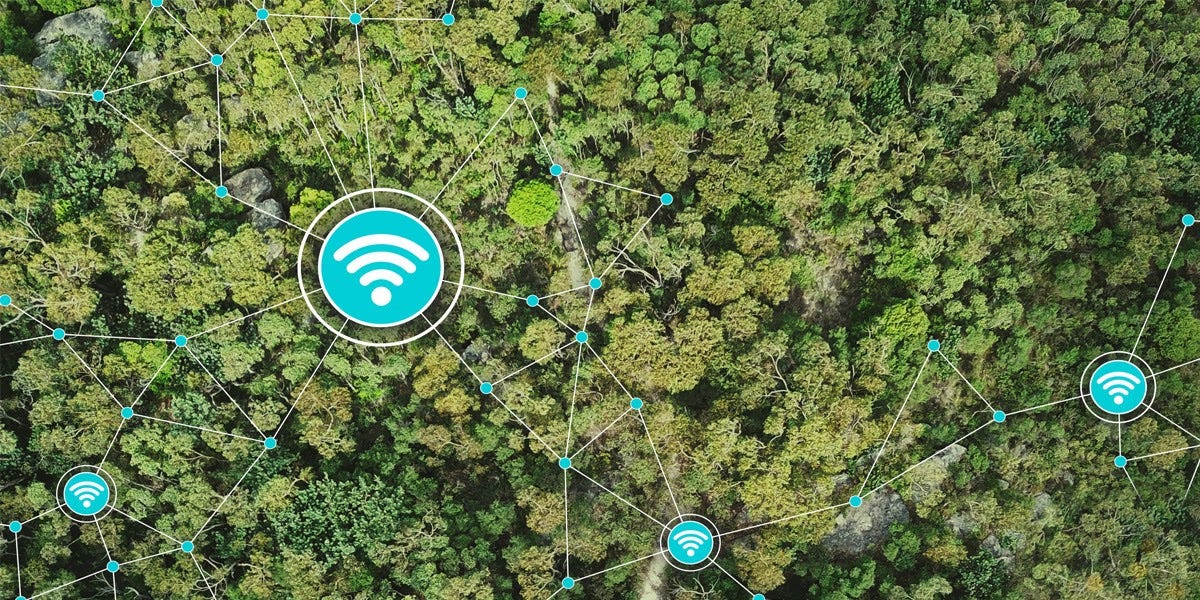Advances in artificial intelligence (AI) have been top of many minds lately. It’s estimated that the sector could contribute USD 10-15 trillion to the global economy by 2030, while tough ethical questions are also being raised by the rapidly-expanding potential of the technology.
But the possibilities that AI presents for the climate mitigation, adaptation, and ecosystem restoration space are as yet undersung. As UN Secretary-General António Guterres said in July this year, AI has the potential to “supercharge climate action”, but it also carries some climate – and social – risks itself, and this increases the urgency to develop it in reliable, safe, and equitable ways.
For instance, we can use AI to develop responsive and effective early warning systems for extreme climate events, better predict which crops to grow as conditions change, and understand leverage points where long-term climate resilience can be built while also ensuring immediate risk mitigation.
But as a global community, we don’t yet have a great track record of ensuring that technological advances are shared with those who need them most. The unique contexts and challenges faced by communities at the forefront of climate risks are often ignored, and algorithmic bias can deepen inequity and reinforce discrimination.
As the Global Partnership on AI noted in a recent report, “a growing body of evidence suggests that the least-well-resourced actors (such as those in the Global South) stand to suffer most from both climate change (they bear the brunt of climate impacts) and digital transformation-related transfers of power (loss of agency and control).”
This means that research community, private investment, and the public sector urgently needs to work together to pinpoint where AI might be applied to landscape and climate challenges, and frame how to do so equitably and responsibly. As science fiction has always warned us, the key to maximizing positive impacts from this technology – that is, those that are equitable for the widest population set – is ensuring that it is human-centered, justly applied, and attuned to manifest actual impact at the individual and community levels.




